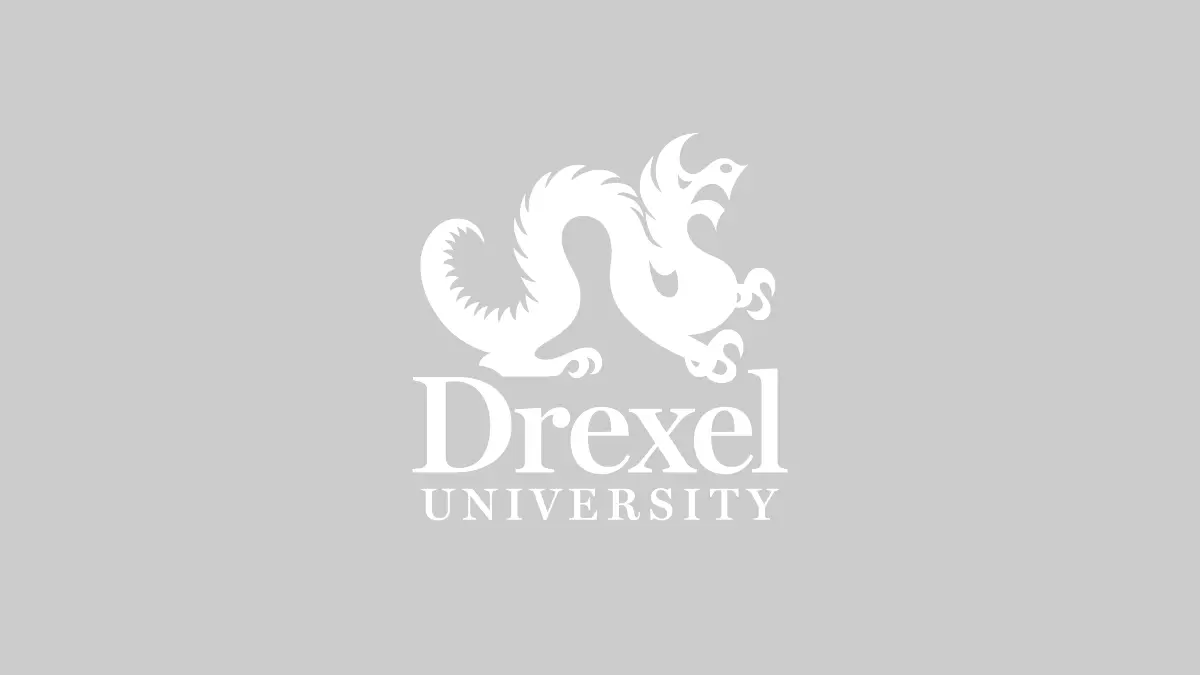Destination Philadelphia
Philadelphia International Airport officials sometimes invite taxi drivers inside for a free lunch. They are not just being nice. While the drivers are inside, their cabs are cleaned and, if necessary, supplied with air fresheners. Attention to such minor details illustrates how wide ranging is the effort officials involved in the travel and tourism industry make to ensure their city is appealing as possible to visitors.
For long-distance travelers whose tales from Philadelphia can either convince their friends to come or frighten them away, “The airport is the first and last impression,” Charles Isdell (pictured), city director of aviation, explained during the “Destination Philadelphia” panel discussion put on by LeBow College and the Philadelphia Convention & Visitors Bureau (PCVB).
More than 120 people attended the panel discussion held at the Federal Reserve Bank of Philadelphia. Isdell and other key officials in the city’s travel and tourism industry described what they are doing to build on Philadelphia’s remarkable growth as a tourism and convention destination over the last decade. Their discussion was followed by a networking function at the National Constitution Center, which drew more than 300.
“Panel discussions like this allow our constituents to hear from major figures in key industries, and our networking functions facilitate interaction with business leaders in a less formal setting,” said LeBow Dean George P. Tsetsekos.
PCVB Chairman Nicholas DeBenedictis, a Drexel alumnus and trustee of the University, said the city has benefited tremendously from a convention center that opened in 1991. The center hosts events like a biotechnology convention that hosted brought 14,000 people to the city, one-third of whom came in from abroad.
International visitors are especially prized in the travel and tourism business because they tend to stay twice as long, said Jake Stein, another panelist, who is strategic accounts manager for Expedia, Inc. He said the percentage of Philadelphia hotel stays that were booked by international travelers increased from 3.7 percent last year to nearly 5 percent this year, and is projected to reach 8 percent in 2006.
Philadelphia International saw 31.5 million passengers last year, 4.1 million of them international, and is now the world’s ninth busiest airport as judged by aircraft movements and 25th busiest as judged by passenger traffic. Passenger traffic at the airport grew 63 percent over the past 10 years. Those figures are all from the Airports Council International – North America.
Panelist Howard Carr, leading British travel journalist, said the Philadelphia he last visited eight years ago had little to recommend beyond museums and historical attractions like the Liberty Bell. “From what I’ve seen since I arrived (this time),” he said, “there has obviously been a lot of important changes to the city. … I’ve seen some pretty good facelifts on desperate housewives but Philadelphia is just amazing.”
While Philadelphia has always been known for its historical attractions, since the 1990s it has seen an explosion of high-end restaurants, luxury stores, nightclubs, galleries and other attractions that people enjoy in world-class cities. The result? The city now provides the type of “adrenaline rush” that people will travel to experience, Carr said. Philadelphia has the added bonus of being walking friendly - a big attraction to Europeans who have a tough time connecting with driving oriented cities like Los Angeles or Houston, he said.
To judge how it is doing in the competition for tourists, Philadelphia benchmarks itself against Boston, said Fritz Smith, director of international and domestic tourism for PCVB. Western Europe is the top area his organization targets with travel advertisements.
While generally bullish on Philadelphia’s potential for luring international tourists, Carr warned that the United States as a whole has to improve the perception that it does not welcome international visitors as much as it did before Sept. 11, 2001. He said the perceptions seemed rooted in tougher airport security and new visa rules, but Americans are still extremely welcoming to tourists.
Excluding neighboring Canada and Mexico, he said, one-in-five visitors to the US is from the United Kingdom, but the number of such visitors increased by only 1 percent in 2005, compared to 8 percent in 2004. Other nations, like Australia, are spending many millions more than the United States on tourism advertising, he warned.
“I am certain that you can compete with international rivals but you have to stick to it, have to keep reminding us of the name ’ Philadelphia,’” Carr said.
A updated calendar of LeBow College events is at www.lebow.drexel.edu/events.

